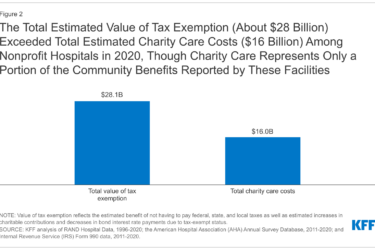If you’ve been trying to figure out where President Trump stands on repairing the Affordable Care Act – good luck. He literally has changed positions in as little as 11 minutes – reporters have clocked it. (Check out this Atlantic piece about how much Trump has flipped back and forth.) The president may well change his position again by the time you read this. Nevertheless…
On repeal
Trump keeps saying the Republicans have 50 votes in the Senate and can repeal Obamacare and replace it with block grants. This presumably is a reference to the Graham-Cassidy bill that didn’t even make it to the floor to get a vote in the Senate last month. The bill does not suddenly have 50 votes now, and even if that were true, the reconciliation budget rule that would have enabled it to pass with 50 votes expired on Sept. 30 at the end of fiscal 2017. That means Republicans now need 60 votes, not 50, to pass Graham-Cassidy – and they aren’t going to pick up a whole bunch of Democratic votes to do it.
Congress could pass a new budget resolution next year that would put the 50-vote threshold back in place. But that’s a long time from now in a rapidly changing environment. Politico’s Jen Haberkorn wrote a fun story about Trump insisting they had the votes but the Republicans basically saying, “Nope.” She notes that Trump likely is raising political expectations for the GOP base. There’s a pretty good chance that repeal would fail again, but this time much closer to the 2018 midterm elections.
On stabilization
The Lamar Alexander-Patty Murray legislation aimed at restoring cost-sharing subsidies, while giving states greater flexibility and keeping most ACA rules intact, has been declared dead and then revived several times. Right now it’s probably stronger than it has ever been. Still, Trump has declared new conditions for passage that are further than Democrats want to go, so we don’t know what a negotiated deal would look like. Plus, there isn’t much support in the House – at least not yet. (The House was not in session last week so we’ll have a better sense of the depth of the opposition to Alexander-Murray in that chamber when they return this week.)
At this point, Alexander-Murray is not dead, but it’s tough to see it getting approved by both chambers and signed into law. However, it is not unrealistic to believe that a bill with a similar bipartisan stabilization approach could get wrapped into the big end-of-year spending bill expected by December.
There’s a lot of brinksmanship to overcome between now and then. Health care will be in the mix along with all sorts of other issues, including immigration, taxes, and the president’s border wall.









